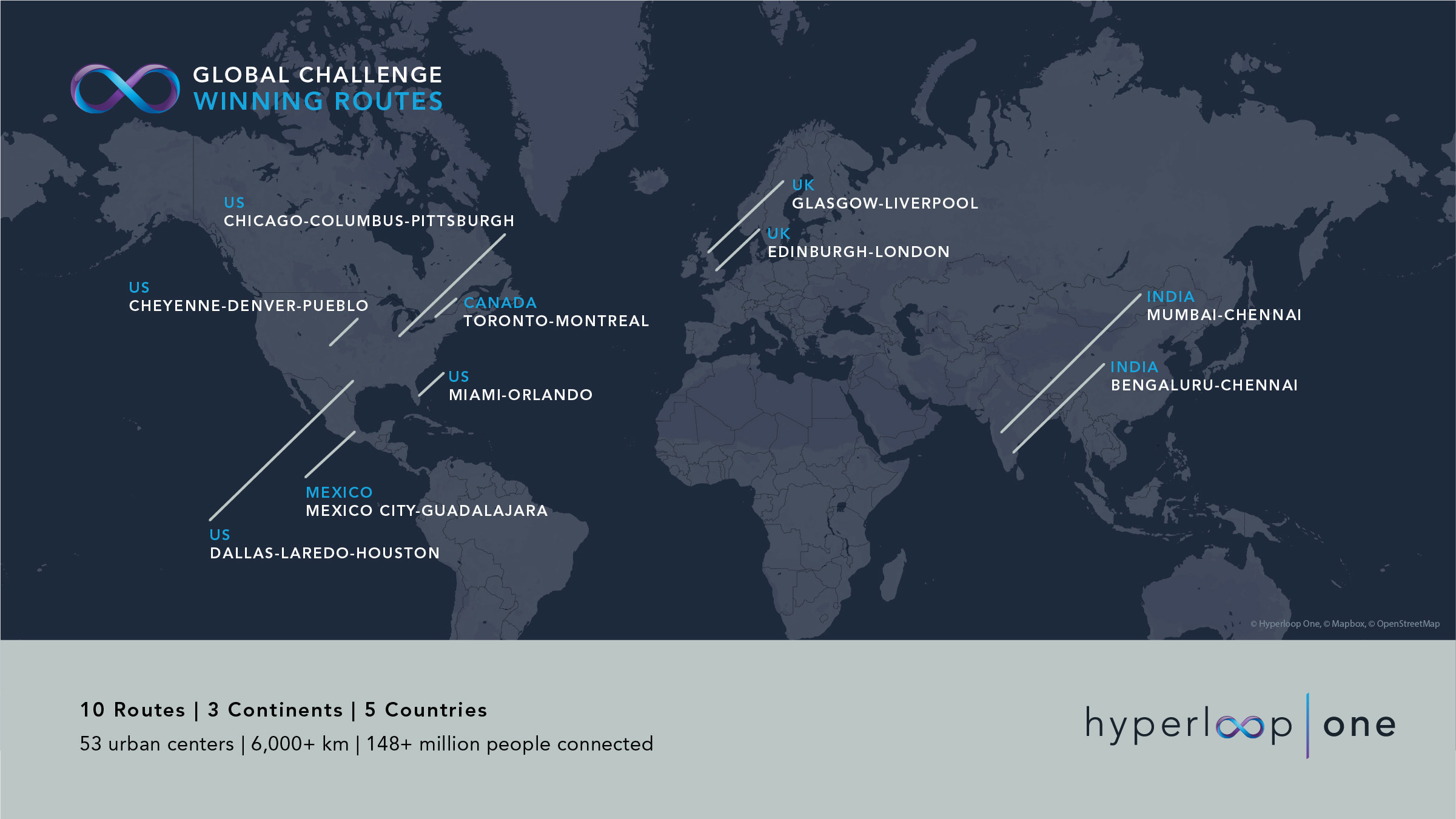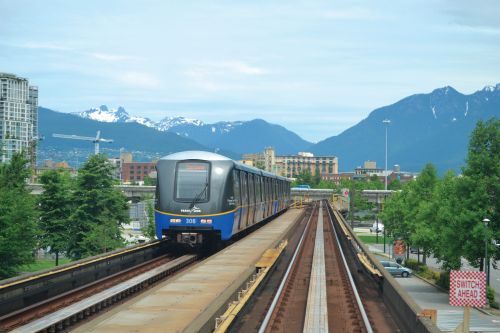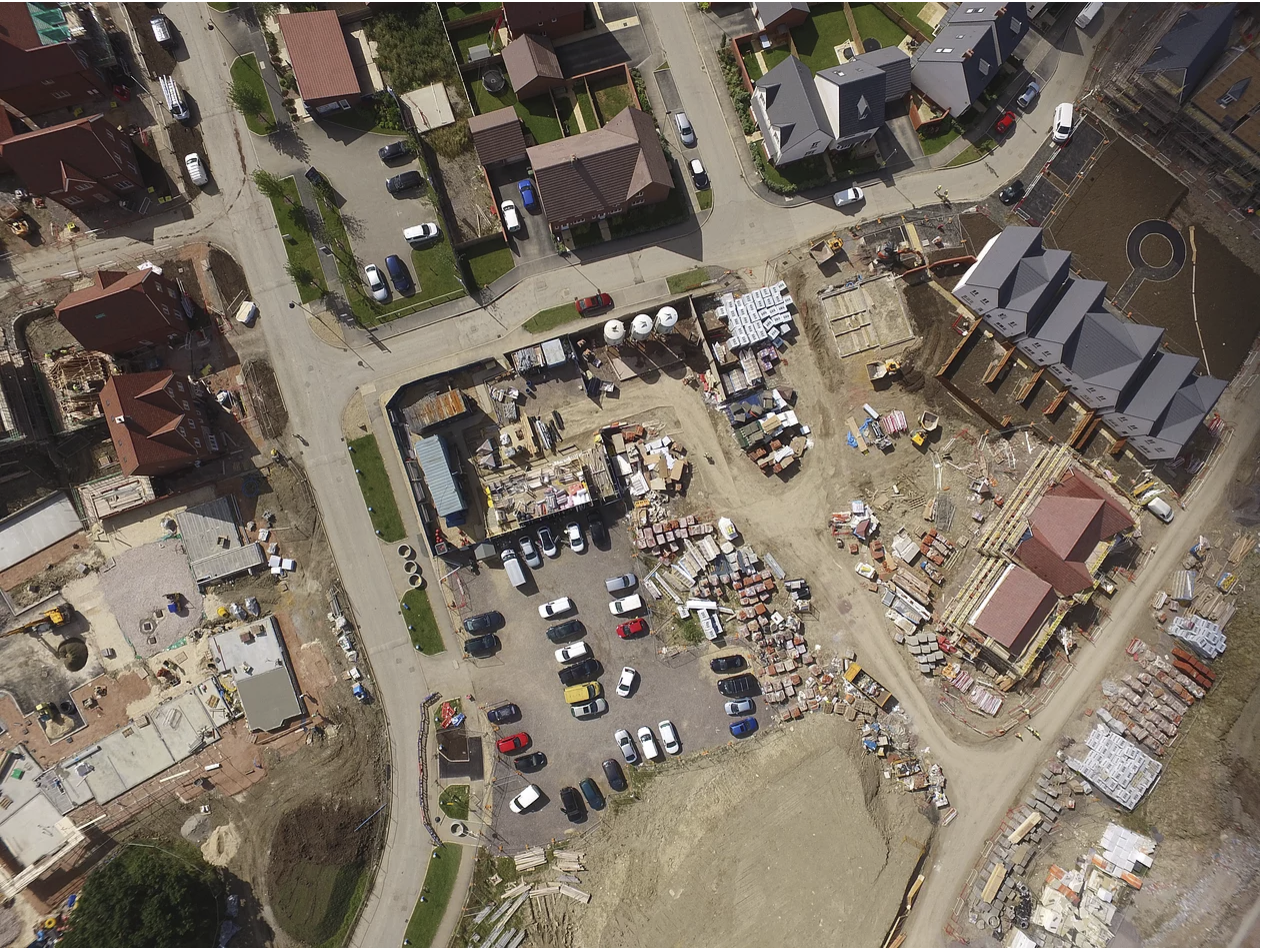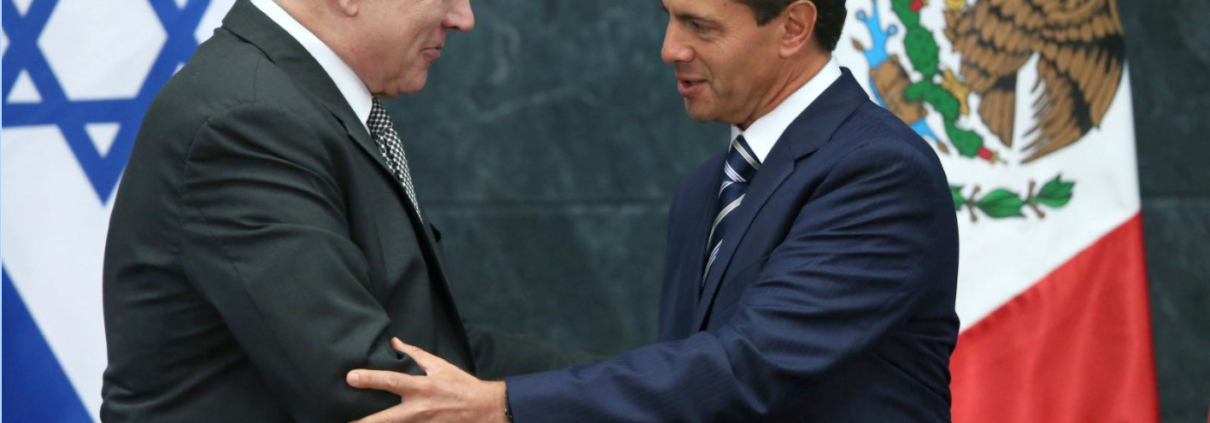TILOS Scheduling Software News, October 2017
TILOS Project Scheduling Software Presents | Global Linear Infrastructure News | October, 2017
Each month TILOS Project Scheduling Software publishes TILOS Americas News, a curated selection of articles about global projects, linear infrastructure projects, linear scheduling, and all things TILOS Project Scheduling Software. This month’s headlines were dominated by innovative solutions from the tech sector to address the globe’s most pressing infrastructure challenges.
Mexico accepts Israeli offer to help develop Central America
The President of Mexico, Enrique Peña Nieto has accepted Israel’s offer to help Mexico and the United States develop Central America.

Israeli Prime Minister Benjamin Netanyahu speaks with Mexico’s President Enrique Pena Nieto during an address to the media at Los Pinos presidential residence in Mexico City, Mexico, September 14, 2017. REUTERS/Edgard Garrido
Speaking at a news conference with Israeli Prime Minister Benjamin Netanyahu on Thursday Sept. 14, Peña Nieto added that the two nations had agreed to update their free trade agreement, signed in 2000.
“We have agreed to establish and begin the … negotiations to look over this agreement so that the commercial relationship between both nations intensifies and grows,” he said.
In Central America, Peña Nieto said Israel’s assistance could bolster efforts in the region, particularly in Guatemala, El Salvador and Honduras. He noted that Israel brings experience from carrying out development projects in Africa.
USA: Following Hurricane Devastation, Calls to Bring Back the Federal Flood Standards Get Louder
Just weeks before Hurricane Harvey hit, on August 15th 2017 US President Donald Trump issued an Executive Order on “Establishing Discipline and Accountability in the Environmental Review and Permitting Process of Infrastructure”.

Image Source: https://www.environmentalleader.com/2017/09/following-hurricane-devastation-calls-bring-back-federal-flood-standards-get-louder/
As TILOSAmericas.com reported last month, just weeks before hurricane Harvey made landfall in the US, President Trump signed an executive order reducing environmental and permitting requirements to expedite infrastructure development.
However, in the wake of billions of dollars worth of insurable damage that comes after wave upon wave of hurricane, many in Congress are calling for a reinstatement of requirements to build infrastructure so as to better withstand flooding.
The Federal Flood Risk Management Standard, signed in 2015, “could require standard infrastructure to be built two feet above the 100-year floodplain, with critical infrastructure like hospitals elevated three feet. Or they could require infrastructure to be built to at least the 500-year floodplain.”
Federal Emergency Management Agency studies have shown that each dollar spent on mitigating disaster losses saves an average of $4 in avoided post-disaster recovery and rebuilding costs.
Hyperloop Shakes Up Traditional Rail Transport: Announces 10 Global Winners & Wins Feasibility Study in the US
Hyperloop, a proposed mode of passenger and/or freight transportation, first named as such in an open-source vactrain design released by a joint team from Tesla and SpaceX, may just succeed with three global hyperloops operational by 2021.

Hyperloop One Global Challenge winners represent the United States, the United Kingdom, Mexico, India and Canada. (PRNewsfoto/Hyperloop One)
Hyperloop announced 2 weeks ago that the Colorado Department of Transportation, supported by AECOM, will enter into a public-private partnership with Hyperloop to begin a feasibility study. The study will examine transportation demand, economic benefits, proposed routes and potential strategies, regulatory environments and alignment with overall CDOT high-speed travel, rail and freight plans.
This partnership comes on the heels of Hyperloop’s announcement ten global routes have been announced as possible sites for the world’s first commercially viable Hyperloop.
The winning routes connect 53 urban centers and nearly 150 million people representing Canada, India, Mexico, the United Kingdom and the United States. Their combined distance spans 6,628 km (4,121 miles).
One of the routes, The winning routes connect 53 urban centres and nearly 150 million people representing Canada, India, Mexico, the United Kingdom and the United States. Their combined distance spans 6,628 km (4,121 miles).
Vancouver Gearing Up For “Largest Federal Investment In Public Transit & Infrastructure In Memory”
Spurred on by the Canadian federal government’s infrastructure investment agenda, Greater Vancouver Transportation Authority (Translink) is embarking on a wide-reaching public transport enhancement program.

Image Copyright: International Railway Journal http://www.railjournal.com/index.php/north-america/the-skys-the-limit-translink-gears-up-for-major-investment.html
Canadian Prime Minister Justin Trudeau announced in 2016 that Translink would get $460 Million CDN for the first phase of the program. This was later revised to $370 Million with the provincial government providing $246 Million CDN, and Translink putting in $395 Million CDN of its own funds, taking the total capital spend to $1.01 Billion CDN.
Phase 2 of the program will take this initial investment to the next level. The federal government confirmed the region would receive $2.2 Billion CDN for transit projects, which Translink CEO Kevin Desmond describes as the “largest commitment in anyone’s memory from the federal government towards public transport.”
Desmond says Phase 2 will includes three “mega projects:” the Surrey light rail project, the Millennium Line extension, and replacement of the 78-year-old Pattullo road bridge which connects New Westminster and Surrey.
Drone Data To Further Reduce Linear Infrastructure Maintenance Spending
SenSat, an enterprise company focused on drone applications, uses data gathered from drones to create ‘smart infrastructure’, digital replicas of roads and rail assets that link embedded data about condition, materials and usage.

https://www.sensat.co.uk/single-post/2016/07/29/Four-ways-drones-are-helping-construction Image Copyright SenSat
This type of data can help save over $1.5 trillion in infrastructure maintenance costs by 2025 according to the Boston Consulting Group.
In an announcement Sept 27th, they announced they will be further saving money by reducing the fees associated with drone data by 90%.
About TILOS Software:
A favourite of leading infrastructure companies across the globe, TILOS scheduling software gives Project Planning Managers, Contractors, and Project Owners the ability to create and execute a reliable, comprehensive and easy to communicate linear project plan and schedule.
Trimble TILOS software was developed specifically to address the unique challenges of linear projects such as roads, railway, pipeline, and bridges for professionals in the construction, engineering and energy sectors.



